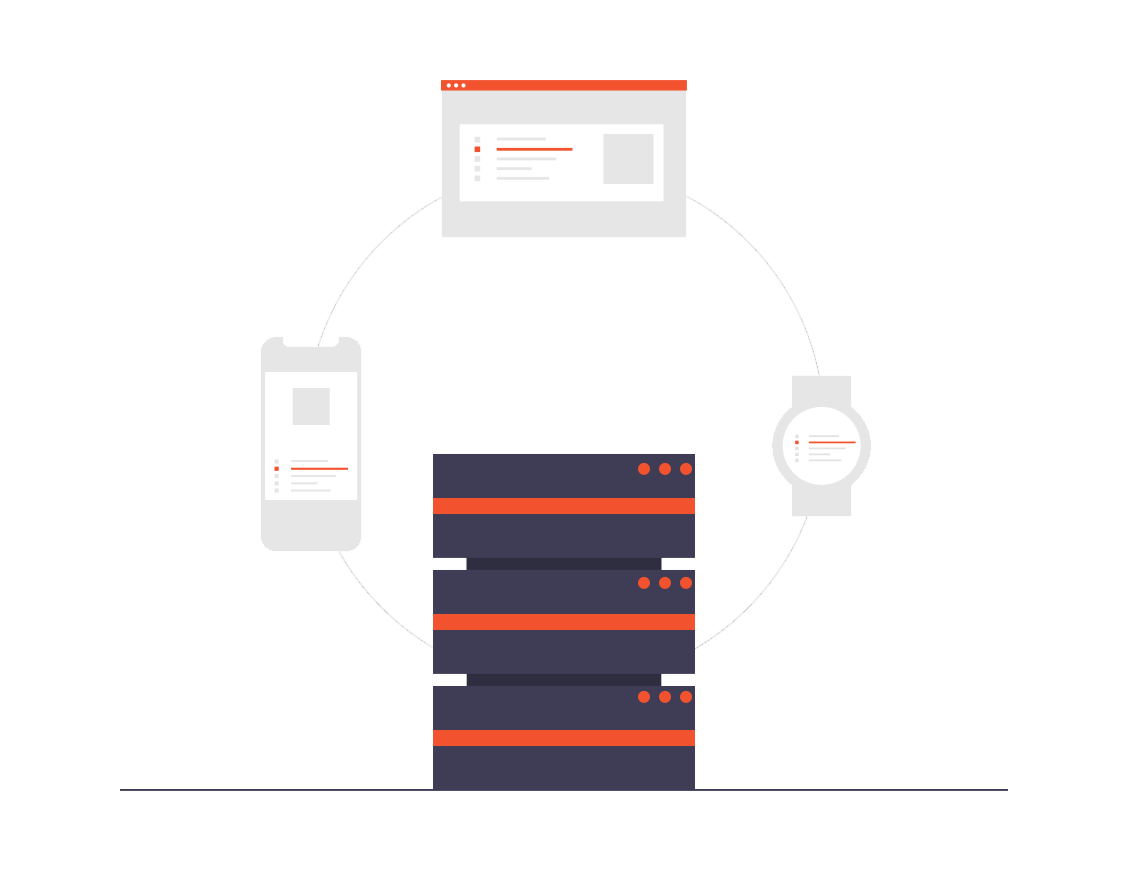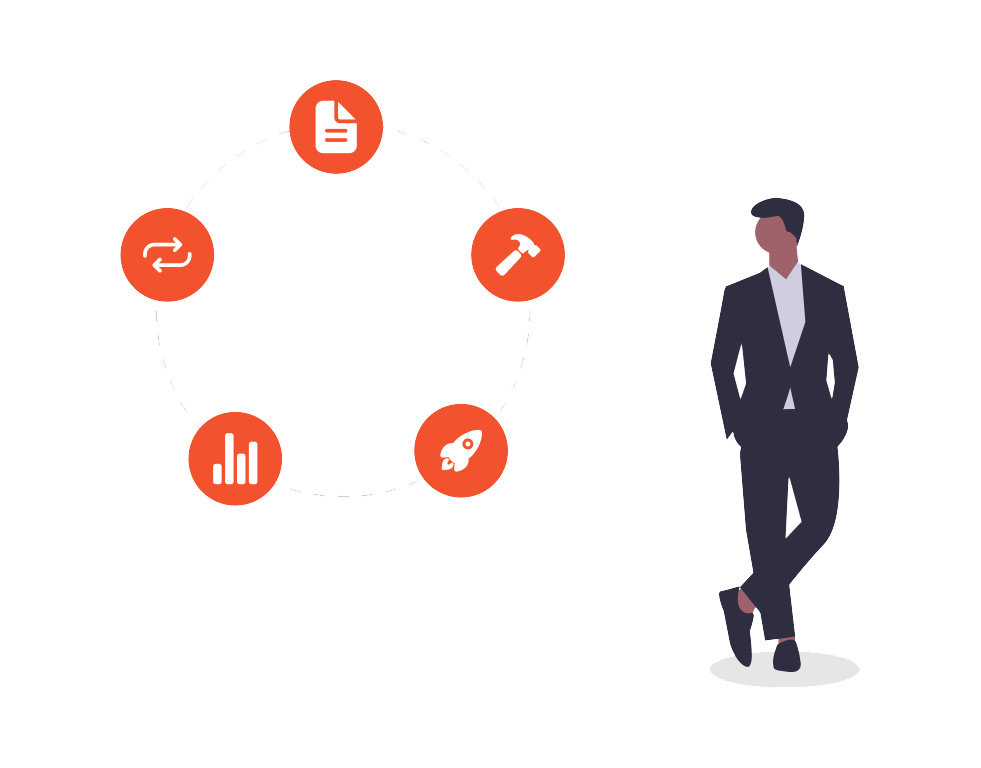Do you have a Business Continuity Plan?
Businesses have come to recognize that some services of the organization have to be delivered continuously without interruption. Therefore, instead of focusing only on resuming the business in the shortest possible time, the endeavor is to create an ITBusiness Continuity Plan to ensure that critical operations continue to be functional even during a disaster. The ideal plan would be one in which the client will not be aware of the occurrence of the disaster since client services will continue as before.

Plan for the worst

Downtime is Money
An hour of downtime costs $7,000 for a small company, $74,000 for a medium sized company, and $800,000 for a large enterprise.

Recovery is Painful
The average time it takes a business to recover from a disaster is 18.5 hours but 42% of companies never actually recover.

Planning Ahead
The most powerful and scalable disaster recovery plan is local virtualization with physical and virtual servers

The importance and necessity of a sound IT Business Continuity Plan
- It mitigates the risks associated with Natural disasters of all types.
- Accidents such as fire, explosions etc. which could damage IT infrastructure and cause death and/or injury
- Sabotage, both internal and external
- Power outages
- Communications failure
- Disruptions in transportation due to various factors, preventing employees from attending work
- Security issues that can bring down the network
- Environmental disasters
- Cyber attacks on the business by hackers and/or criminals
By having an effective Business Continuity Plan in place, a business will ensure that it has the resources and/or the information it requires, to combat the emergency successfully.
Steps for IT business continuity
this will identify services which have to be delivered without interruption. The Business Continuity Plan will outline the steps needed to achieve this goal.


Readiness to implement the IT Business Continuity Plan
when critical services have been identified, steps as per Business Continuity Plan should be taken to ensure that these critical services keep functioning in the face of a disaster, or at the very least, are restarted in the least possible time.
